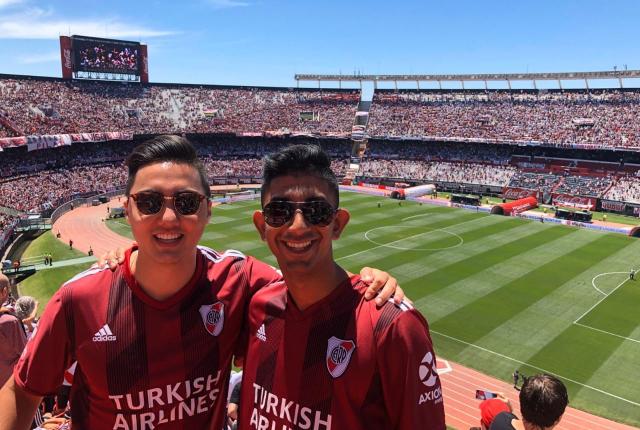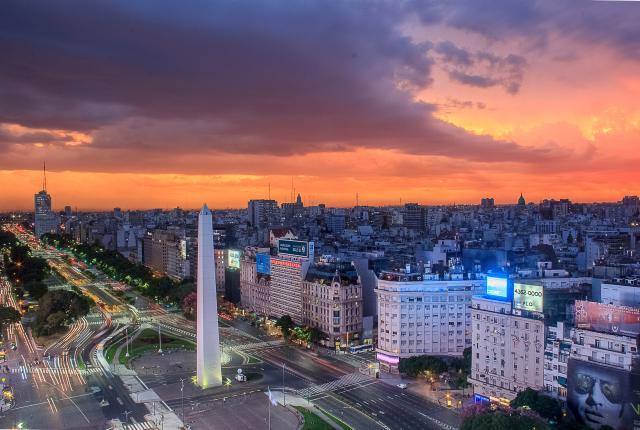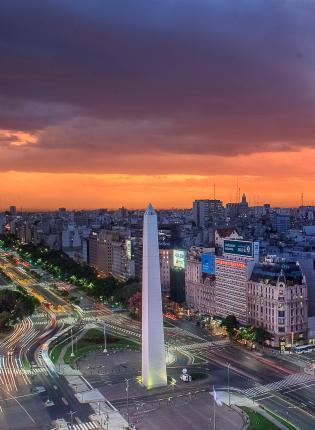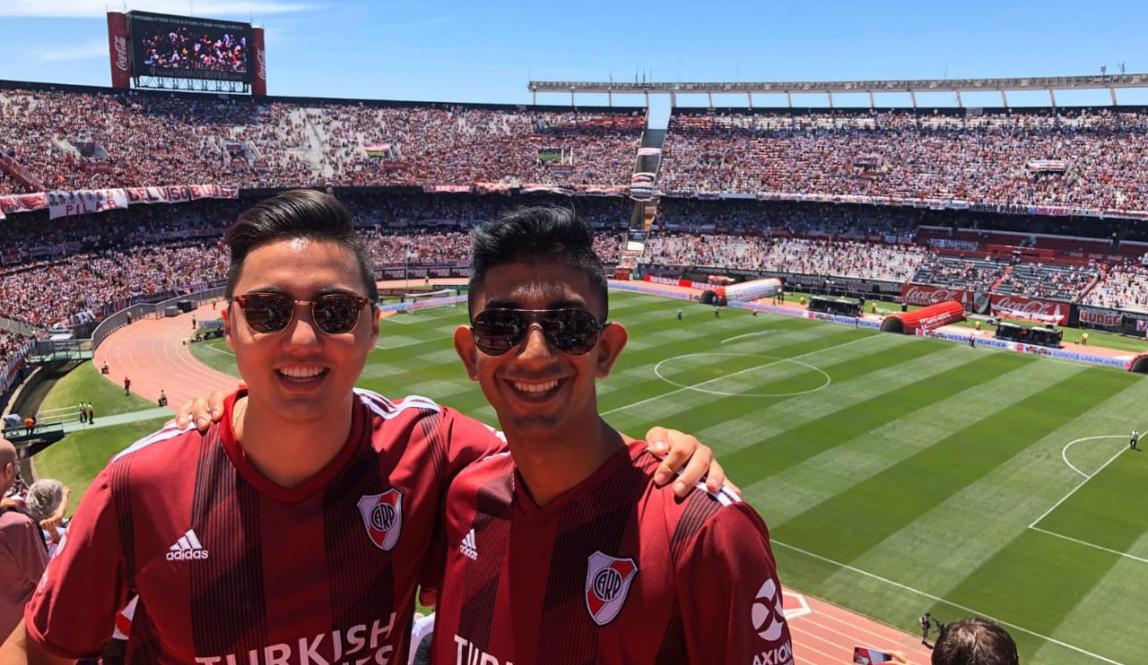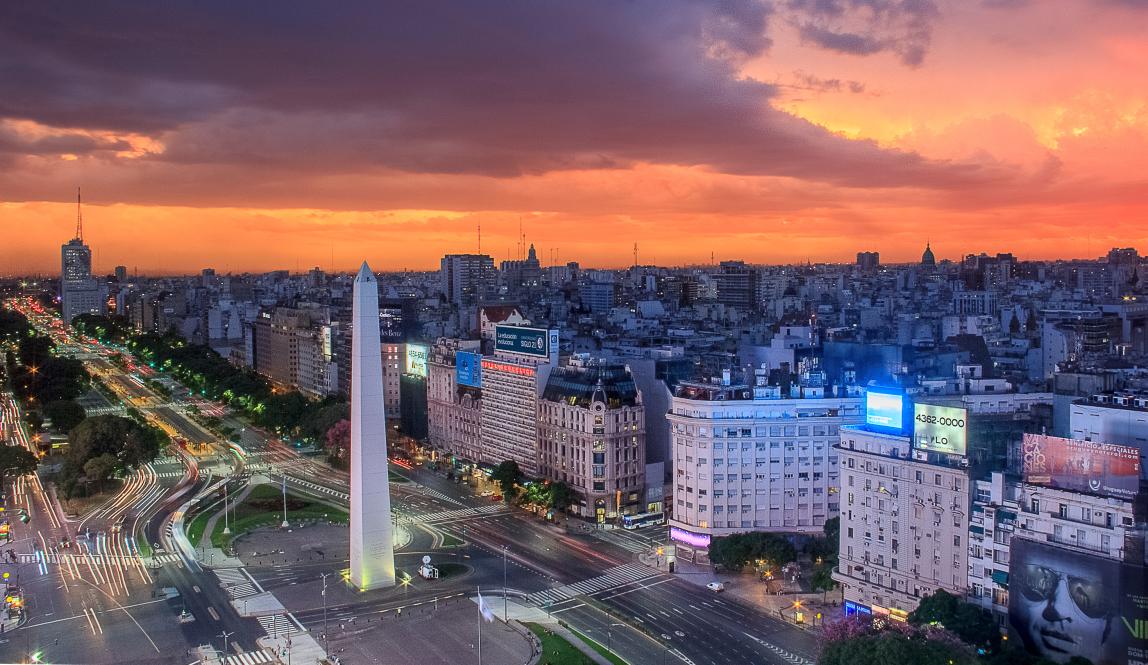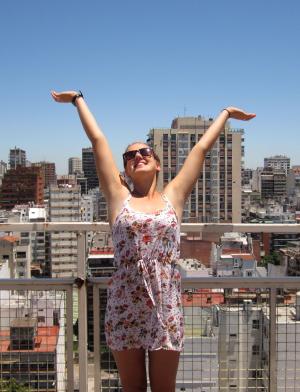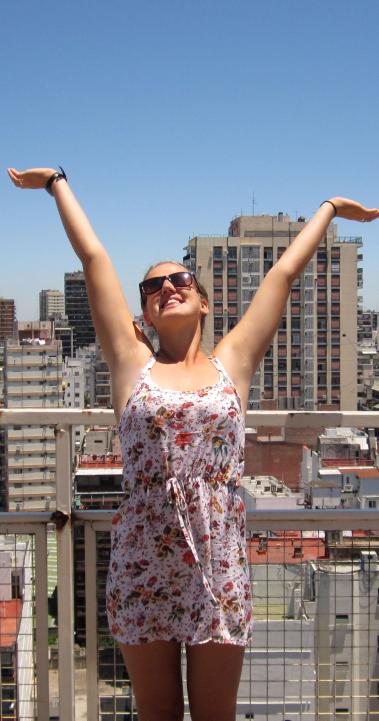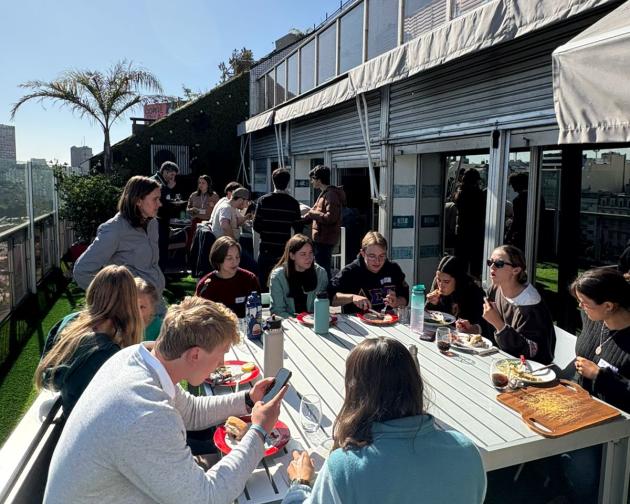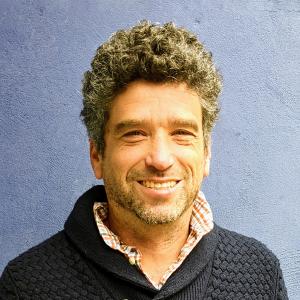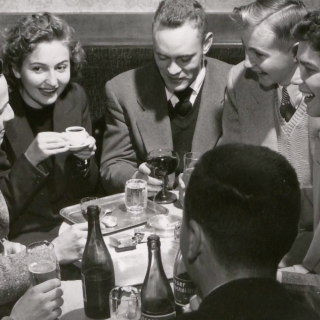What to Expect in Buenos Aires
We have to be honest—you’re going to fall in love when you study abroad in Buenos Aires. You’ll swoon over the eclectic architecture, inspired by cities like Paris and Madrid. You may even learn to tango in the birthplace of this sensual dance while studying abroad in Buenos Aires.
Our Buenos Aires study abroad programs have something for everyone, from Latin American business and society courses and intensive Spanish language to environmental science, and everything in between.
Don’t wait any longer to study abroad in Buenos Aires. Find out yourself why your love affair with Buenos Aires will last a lifetime.

